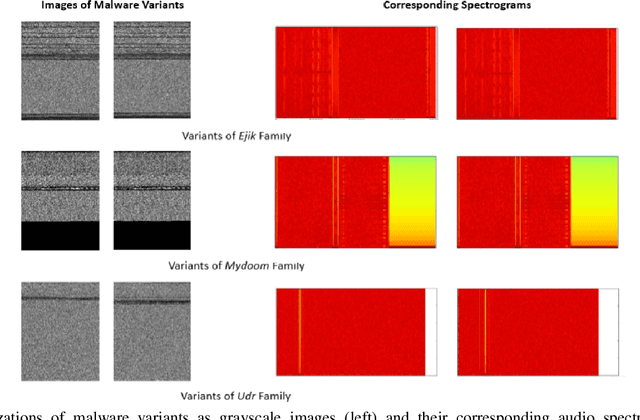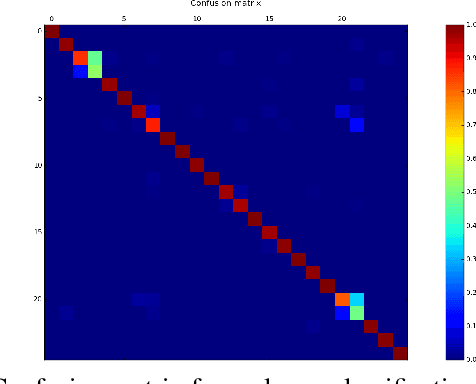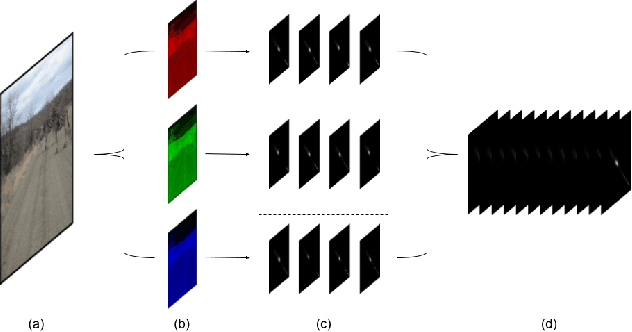Tejaswi Nanjundaswamy
OMD: Orthogonal Malware Detection Using Audio, Image, and Static Features
Nov 08, 2021



Abstract:With the growing number of malware and cyber attacks, there is a need for "orthogonal" cyber defense approaches, which are complementary to existing methods by detecting unique malware samples that are not predicted by other methods. In this paper, we propose a novel and orthogonal malware detection (OMD) approach to identify malware using a combination of audio descriptors, image similarity descriptors and other static/statistical features. First, we show how audio descriptors are effective in classifying malware families when the malware binaries are represented as audio signals. Then, we show that the predictions made on the audio descriptors are orthogonal to the predictions made on image similarity descriptors and other static features. Further, we develop a framework for error analysis and a metric to quantify how orthogonal a new feature set (or type) is with respect to other feature sets. This allows us to add new features and detection methods to our overall framework. Experimental results on malware datasets show that our approach provides a robust framework for orthogonal malware detection.
Detection, Attribution and Localization of GAN Generated Images
Jul 20, 2020



Abstract:Recent advances in Generative Adversarial Networks (GANs) have led to the creation of realistic-looking digital images that pose a major challenge to their detection by humans or computers. GANs are used in a wide range of tasks, from modifying small attributes of an image (StarGAN [14]), transferring attributes between image pairs (CycleGAN [91]), as well as generating entirely new images (ProGAN [36], StyleGAN [37], SPADE/GauGAN [64]). In this paper, we propose a novel approach to detect, attribute and localize GAN generated images that combines image features with deep learning methods. For every image, co-occurrence matrices are computed on neighborhood pixels of RGB channels in different directions (horizontal, vertical and diagonal). A deep learning network is then trained on these features to detect, attribute and localize these GAN generated/manipulated images. A large scale evaluation of our approach on 5 GAN datasets comprising over 2.76 million images (ProGAN, StarGAN, CycleGAN, StyleGAN and SPADE/GauGAN) shows promising results in detecting GAN generated images.
 Add to Chrome
Add to Chrome Add to Firefox
Add to Firefox Add to Edge
Add to Edge